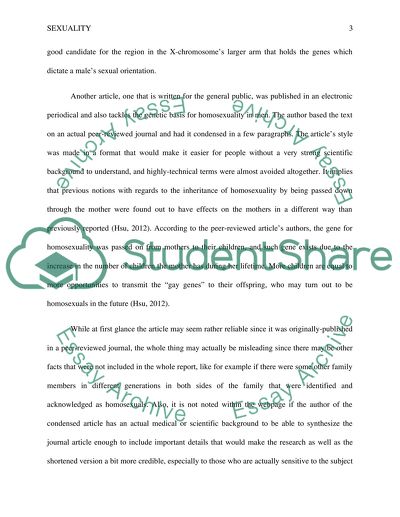Cite this document
(“Sexuality: A Focus on its Scholarly and Popular Media Sides Research Paper”, n.d.)
Sexuality: A Focus on its Scholarly and Popular Media Sides Research Paper. Retrieved from https://studentshare.org/gender-sexual-studies/1454541-scholarly-vs-pop-media-focus-on-sexuality
Sexuality: A Focus on its Scholarly and Popular Media Sides Research Paper. Retrieved from https://studentshare.org/gender-sexual-studies/1454541-scholarly-vs-pop-media-focus-on-sexuality
(Sexuality: A Focus on Its Scholarly and Popular Media Sides Research Paper)
Sexuality: A Focus on Its Scholarly and Popular Media Sides Research Paper. https://studentshare.org/gender-sexual-studies/1454541-scholarly-vs-pop-media-focus-on-sexuality.
Sexuality: A Focus on Its Scholarly and Popular Media Sides Research Paper. https://studentshare.org/gender-sexual-studies/1454541-scholarly-vs-pop-media-focus-on-sexuality.
“Sexuality: A Focus on Its Scholarly and Popular Media Sides Research Paper”, n.d. https://studentshare.org/gender-sexual-studies/1454541-scholarly-vs-pop-media-focus-on-sexuality.


